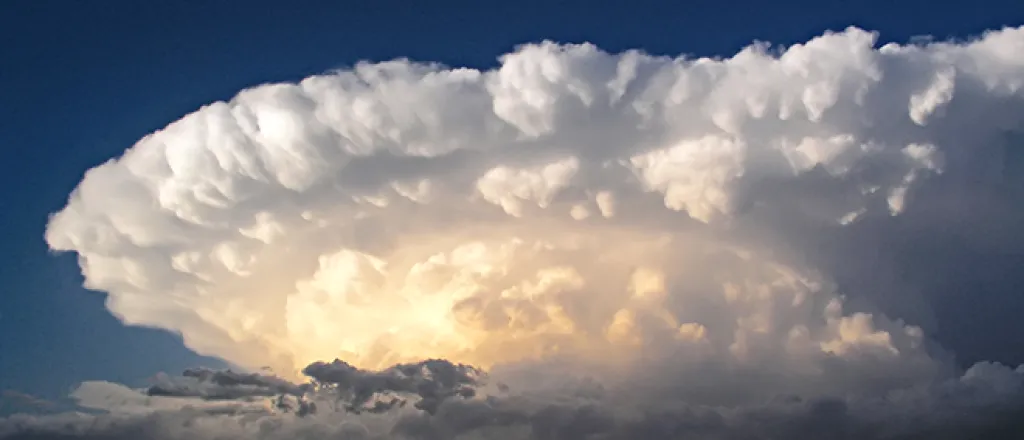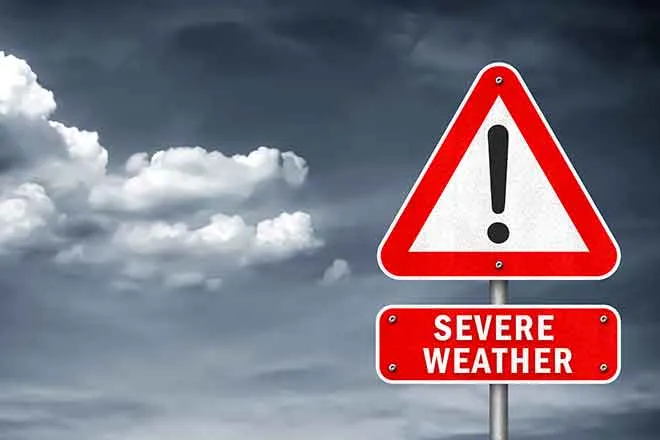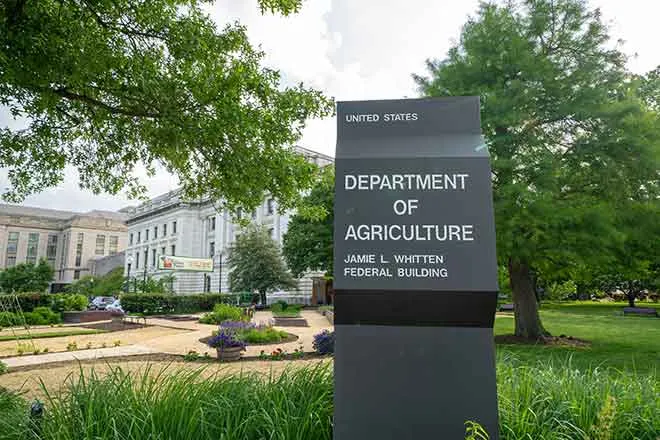
Governor Newsom requests a declaration of emergency in California as another round of storms hit
(The Center Square) - Monday, California Governor Gavin Newsom submitted a request to the White House for a Presidential Emergency Declaration to help with storm recovery and response efforts.
Since December 27 the state has been repeatedly hit by atmospheric river systems which are expected to continue to Jan. 10 with impacts lasting through to January 19. The state has seen urban flooding and twelve fatalities as a result.
Atmospheric river systems are columns of concentrated water vapor pushed along much like a river in the sky. They are a result of special combinations of temperature, pressure and wind. This transport of moisture is sometimes called the Pineapple Express because it can come from as far as Hawaii into California.
At a California Office of Emergency Services news conference January 8, Newsom warned “We are anticipating some very intense weather coming in.”
California residents were urged to stay connected to the Office of Emergency Services (OES) for possible evacuation warnings in their area, to stay informed and be prepared.
“Floods kill more individuals than any other natural disaster,” said Cal OES Director, Nancy Ward. “Water rises quickly, water cuts off evacuation routes, a car can float in twelve inches of water. So it’s really, really, extremely important that you stay vigilant, you listen to your county emergency alerts, that you heed the warnings of road closure signs, that you don’t walk/ drive in water that you can’t judge the depth of, and to stay vigilant with an emergency plan, be ready should power outages occur, which we know will happen in a significant way over these next several storms and possible compound over the storms that are coming.”
“Don’t test fate,” Newsom advised.
Newsom spoke of resources that help the state through weather extremes. California’s C130s going into the storms have brought back more information that a year ago would not have been available. The C130s along with other tools were provided by appropriations to allow more sophisticated analysis of weather.
“It was just literally a month ago in southern California, that it took their drought declaration that impacted about 6 million people and extended it to 19 million people because of the severity of the drought. That was just 30 days ago and here we are 30 days later talking about number five, already number six, maybe seven atmospheric rivers in just a matter of weeks,” the governor said as he spoke of climate change. “We are deeply mindful of living in this new normal of extremes.”
California has invested $8.7 billion in an effort to address “the issue of infrastructure related to droughts but in that plan, it's not specific to droughts, its specific to conveyance, specific to strategies on stormwater capture and groundwater replenishment strategies as it relates to dealing with these extremes and capturing more of the flood flow during times like this.”
As of January 8, 424,143 customers were without power. Resources were being positioned for the upcoming weather systems, to get to vulnerable areas quickly.
The fifth river system hit California January 9 prompting the governor to make a request to declare an emergency in the state of Calif. The state has been repeatedly swamped by river systems which brought substantial rainfall and snow in elevated areas, with some areas experiencing flooding.
In the letter dated January 8, Governor Newsom requested the declaration “due to the current and ongoing series of atmospheric river systems impacting the State, which are forecast to continue to impact California through at least January 19, 2023.”
The letter requested federal assistance to address the expected “significant if not historical” flooding in the counties of Mendocino, Merced, Monterey, Sacramento, Santa Clara, Santa Cruz, Sonoma, Stanislaus, and Ventura.
Aid was also sought for El Dorado, Los Angeles, Mariposa, Monterey, Napa, Placer, Riverside, San Bernardino, San Mateo, Santa Cruz, and Sonoma which together endured twenty-one wildfires this past summer and are “highly likely” to experience debris flows due to the saturation.
“The emergency measures required as a result of the severity and destructiveness of these continuing atmospheric river systems are beyond the capability of the State.” Newsome stated in asking for Direct Federal Assistance to provide for additional personnel, mass care support, mass shelter support, mass evacuation support, equipment, and supplies. Newsom also addressed debris flows from burn scars, levee failures, and damage to roadways in seeking the assistance of the Army Corps of Engineers.
At the news conference Newsom indicated initial communication with FEMA Region 9 was positive and the request to the White House is expected to be granted.
January 9 and 10 are anticipated to bring another round of drenching rain “between two to five inches for lower elevations in northern California as well as the coast and valleys of Los Angeles County. San Diego County is expected to get one to three inches of rain. Mountains throughout the State will see rainfall amounts of three to ten inches depending on elevation and location.”
















